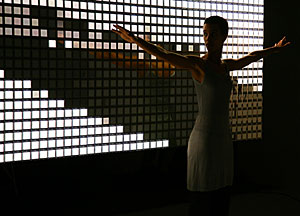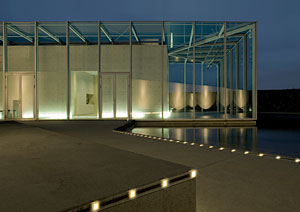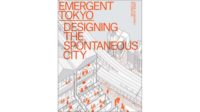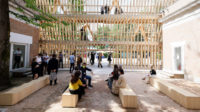Manufacturers are rushing toward the light—specifically the diffuse, uniform light cast by organic light-emitting diodes. They are encouraging consumers to move toward it, too, by commissioning projects that demonstrate the technology’s applications to specifiers. In 2008, for example, Osram Opto Semiconductors unveiled limited-edition OLED table and pendant lamps by Ingo Mauer. Months later Osram competitor Royal Philips Electronics launched its own OLED equipment, called Lumiblade, and this year the Dutch company has taken its application show on the road.


Philips has hit the design-fair circuit to cultivate interest. In April it staged an installation at the exhibition venue Superstudio Piú in Milan while the city hosted the Salone del Mobile. There, the maker unveiled Lumiblade Mirrorwall, an illuminated mirror by the London-based Random International. According to Random studio director Hannes Koch, a motion-tracking camera connected to a mainframe choreographs a plane comprising 1,024 lighting plates to illuminate according to the movements of nearby users. “We left it completely pure,” Koch says of exposing the OLED components, noting that the circuit boards from which the OLEDs are mounted provide the installation’s sole armature. Today Philips is also marketing Mirrorwall as a limited-edition piece.
At 100% Design, a fair held in London in September, Philips offered up new prototypes designed by its Aachen, Germany–based in-house team, which portray the adaptability of Lumiblade. Evoking the Mirrorwall, for example, Lumiblade Reflections is a mirror whose OLEDs illuminate to outline one’s reflection, while Lumiblade Markerlight may be incorporated into surfaces to better reveal building edges and pathways.
Unlike the freestanding luminaires Mauer designed for Osram, in its efforts Philips has underscored Lumiblade’s architectural potential. Given OLED plates’ diffuse lighting and paper-thin profiles, “It’s natural to think about integrating Lumiblade into environments,” says the company’s OLED business development manager Kristin Knappstein. Architects and interior designers are responsible for approximately half of the inquiries Knappstein has fielded since the Superstudio Piú and 100% Design presentations, she says, adding, “In two or three years, when we have developed larger surfaces and more powerful light sources, it will be even more about integration.”




Post a comment to this article
Report Abusive Comment